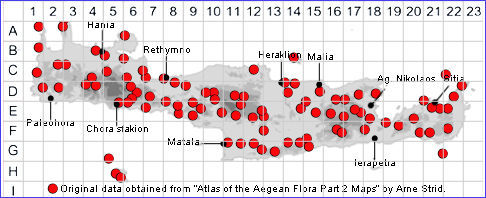SPECIES DESCRIPTION
GERANIUM MOLLE subsp. MOLLE
Family and Genus:- See- GERANIACEAE
Common Names:- Dove's-foot crane's-bill
Homotypic Synonyms:- None
Meaning:- Geranium (Gr) Crane. A name used by the Greek physician and
botanist Dioscorides. (refers to the shape of the fruit resembling the head of a
crane).
Molle (L) From the Peruvian name, mulli, for Schinus molle the
Peruvian pepper tree.
General description:- Low to short, densely tufted, sprawling to prostrate, usually
greyish-green annual.
Stems:-
1) 10-40 cm, decumbent or ascending, branched from the base, with long, soft
white hairs and shorter, often glandular hairs.
Leaves:-
1) Basal, long-petiolate; blade suborbicular to reniform, divided for up to 2/3 into 5-7
obovate-cuneate segments, which are shallowly 3-fid into broad ultimate lobes.
2) Uppermost, alternate, sessile, inflorescence lax.
Flowers:-
1) Pedicels, with long, soft, eglandular hairs and short glandular hairs.
2) Sepals, shortly mucronate.
3) Petals, 3-6 mm, deeply emarginate, shorter than or scarcely exceeding the
sepals, pinkish-purple to mauve.
Fruit:-
1) Mericarps, glabrous, usually with transverse ridges.
2) Beak, from 5 to 6mm, with strongly wrinkled carpels.
Key features:-
1) Uppermost leaves alternate.
2) Sepals, shortly mucronate.(c. 0·5 mm).
3) Lowest leaf of inflorescence considerably exceeding the subtended peduncle,
and with the petiole considerably longer than the lamina.
4) Mericarps, rugose, glabrous.
5) Plant greyish-green, densely pubescent.
Habitat:- Fields, rocky slopes, roadsides, gardens , sand-dunes, olive groves,
pastures, open woodland. 0-1000(-1200) m.
Distribution:- Widespread and common throughout the Mediterranean. Widespread
and common on Crete.
Flowering time:- Feb-May.
Photos by:- Steve Lenton

